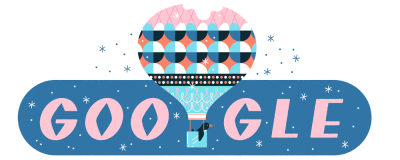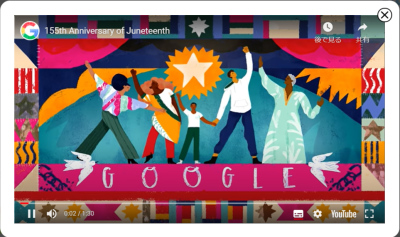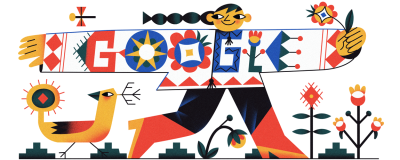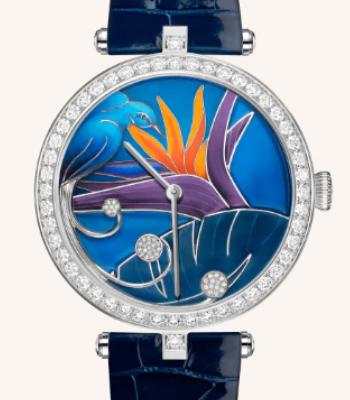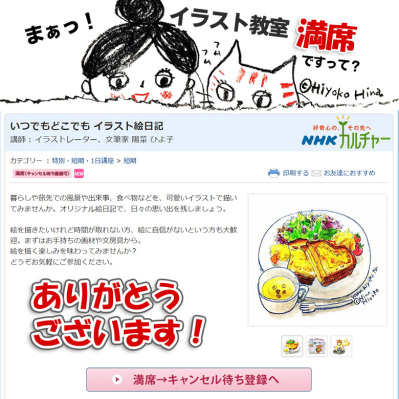2020年9月16日「マーシャ・カレコを称えて(生誕113年)」のGoogle

Mascha Kaléko:マーシャ・カレコ(1907年6月7日〜1975年1月21日)
女性詩人。
現在のポーランドでユダヤ系の家系に生まれる。
第一次世界大戦が始まりドイツへ移住。1928年結婚。
1933年詩集「Das lyrische Stenogrammheft. Verse vom Alltag.」発表。
2年後に「Kleines Lesebuch für Große. Gereimtes und Ungereimtes.」を発表。
作風は、風刺的で口語調でスタイリッシュ。曲がつけられた詩もある。
ナチスによるユダヤ人への迫害がはじまり、彼女の詩集も禁止される。
離婚後、音楽家の男性と再婚。1938年アメリカへ移住。
1950年代半ばにドイツに戻り、その後、夫の仕事の都合でイスラエルに移住。
「1974年9月16日」は彼女がニューヨークのアメリカ記念図書館で詩の朗読会と公演を行なった記念日。
Today’s Doodle, illustrated by Hamburg-based guest artist Ramona Ring, celebrates the German-Jewish poet Mascha Kaléko, whose incisive poems and chansons earned her notable acclaim among the literary avant-garde in 1930s Berlin. On this day in 1974, Kaléko held her final reading in Berlin’s America Memorial Library.
Mascha Kaléko was born Golda Malka Aufen in 1907 in Schidlow, Galicia, in what is today southern Poland. With the outbreak of World War I, she and her family fled the country for Germany and eventually made a new home in Berlin in 1918.
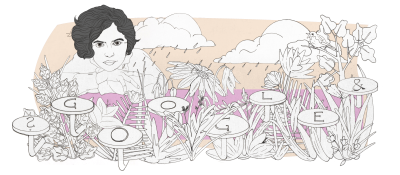
https://www.google.com/doodles?hl=ja
google "bird"




